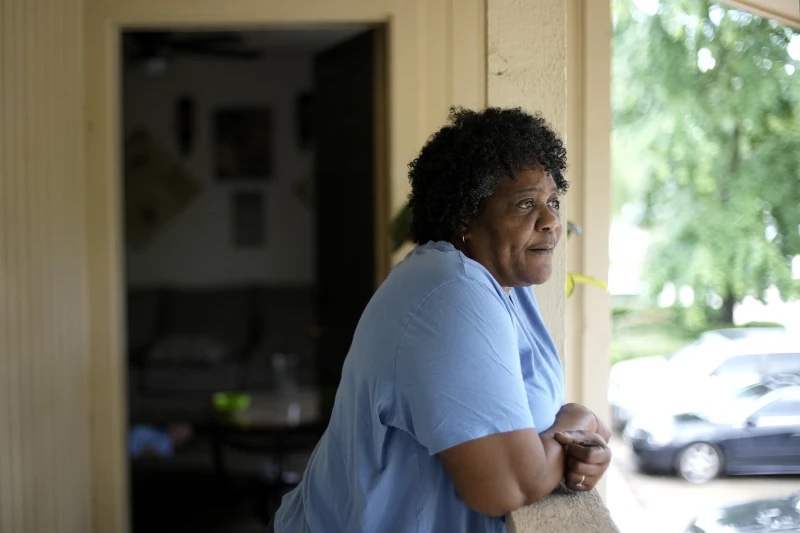DENVER (AP)––Bobbie Boyd is in a losing battle against near triple-digit temperatures in northwest Arkansas.
Her window air conditioner runs nonstop and the ballooning electric bill carves about $240 out of her $882-a-month fixed income. So the 57-year-old cuts other necessities.
Boyd eats one meal a day so her 15-year-old grandson, who she's raising alone, can have two. She stopped paying car insurance and skips medical appointments. "The rent and the light bill. And I'm broke," said Boyd, who needs the cooling to stave off her heat-induced asthma attacks.
As climate change ratchets up temperatures across the U.S., millions of the poorest Americans grapple with the same agonizing decisions as Boyd––between perilous indoor heat or paying costly bills. While President Joe Biden has invested billions into federal programs that subsidize the poorest Americans' energy costs, the money reaches only a fraction of the most vulnerable during the sweltering summer months.
Nationwide, nearly 30 million American households struggle to pay their energy bills and qualify for the subsidy, but less than 3% receive it for their summer bills, according to the latest, preliminary federal data.
Compared to food stamps, which reach over 80% of the eligible population nationwide, the Low Income Home Energy Assistance Program, or LIHEAP, falls far short even as climate change helped make July Earth's hottest month on record and air conditioning becomes a means of survival.
That's because most states run out of their federal funding every year, according to the Department of Health and Human Services, which oversees the program. "We're likely to see the energy insecure population grow unless we have some pretty significant and substantial government intervention," said Michelle Graff, who studies the federal subsidy at Cleveland State University.


